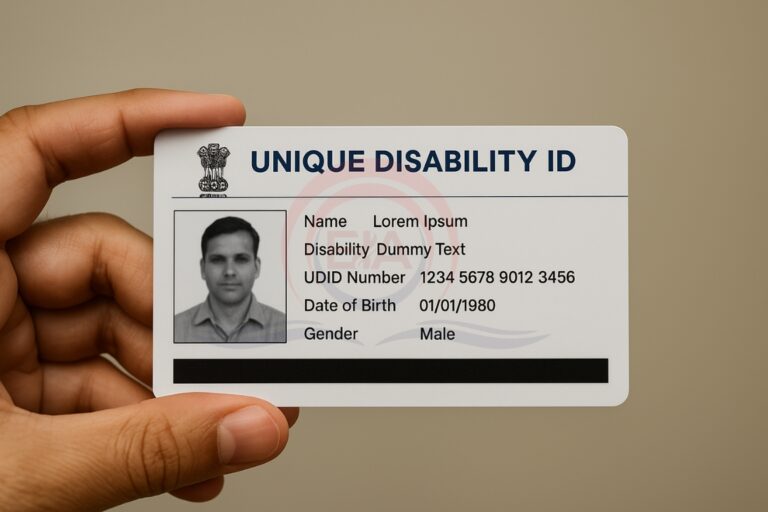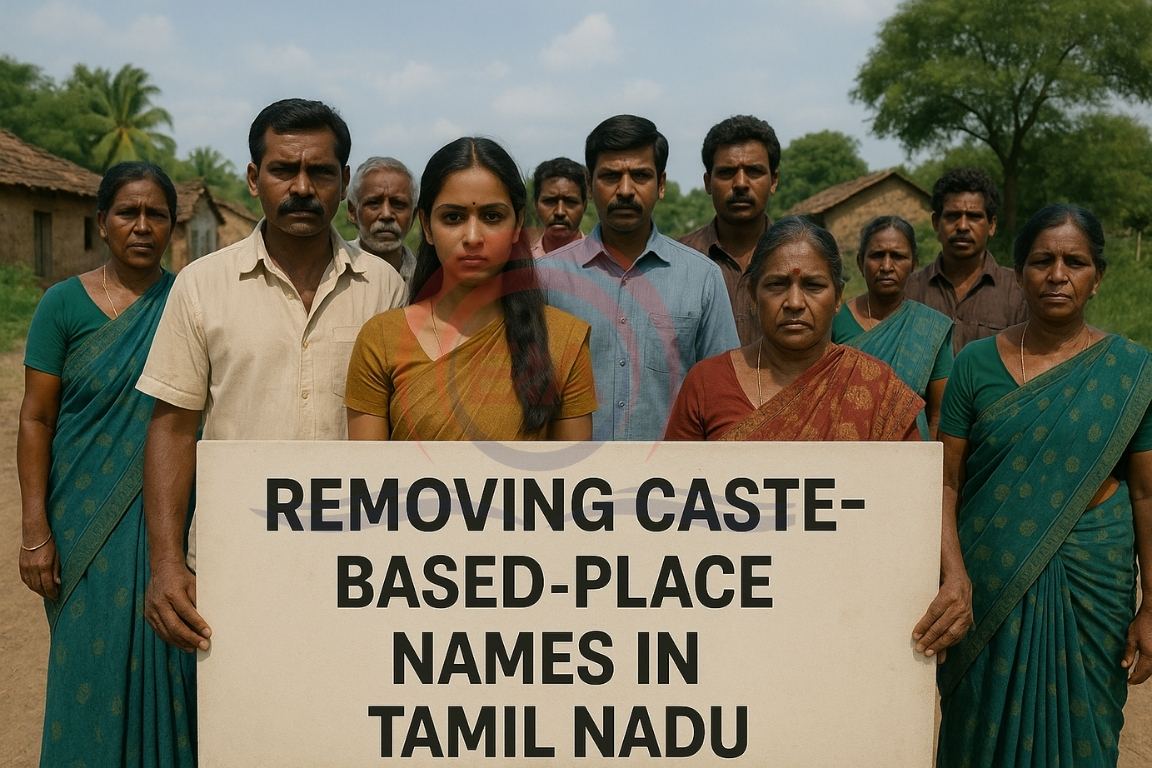Recent data show that less than 40% of India’s estimated disabled population has received a Unique Disability ID (UDID) card, which is crucial for accessing government schemes. Over 11 lakh applications remain pending, many delayed for more than six months.
What is UDID?
- Launched by the Department of Empowerment of Persons with Disabilities (DEPwD).
- Aims to create a national database of Persons with Disabilities (PwDs).
- Replaces earlier State-specific disability certificates issued at district/taluka level.
- Enables PwDs to access benefits such as:
- Assistive devices under ADIP scheme (wheelchairs, crutches, hearing aids, Braille kits).
- Educational scholarships.
- Reservation in jobs and higher education.

Status of Coverage
- Less than 40% of PwDs across India have UDID cards.
- Only 4 States (Tamil Nadu, Karnataka, Odisha, Meghalaya) have crossed 50% coverage.
- West Bengal shows extremely poor coverage (~6%).
- Data for Andhra Pradesh and Telangana not separately available.
Challenges in Implementation
- Delayed Processing: Over 11 lakh applications pending; More than 60% pending for over 6 months; Himachal Pradesh, Ladakh, and Mizoram have the worst delays.
- Staggered Rollout & Poor Communication: Earlier certificates were issued locally; Transition to UDID not well explained at ground level, creating confusion.
- Digital Barriers: Application only through online portal, Requires uploading scanned documents — difficult for many PwDs. Limited digital literacy: only 60% of Indians above 15 can perform basic computer tasks (copy-paste); lower among women and PwDs.
- Funding Issues: Although overall allocation for PwD schemes has risen, funds for UDID sub-scheme have been reduced, slowing its effectiveness.
Broader Concerns
- PwDs constitute about 2.68 crore people (2011 Census).
- Despite being a vulnerable group, they lack strong political representation and are often neglected in policy priorities.
- Without wider UDID coverage, many PwDs remain excluded from welfare schemes and rights they are entitled to.
Challenges:
- UDID is essential for inclusion, accessibility, and empowerment of PwDs.
- Current challenges include bureaucratic delays, lack of awareness, digital illiteracy, and funding constraints.
Way forward:
- Simplify application procedures (offline options, local help centers).
- Strengthen outreach at the grassroots level.
- Ensure timely processing of pending applications.
- Provide adequate budgetary support.
Conclusion:
While UDID is a step towards creating a unified identity system for PwDs, its limited coverage and delays highlight systemic gaps. Addressing these issues is vital to ensure that persons with disabilities can fully access their rights and benefits.





